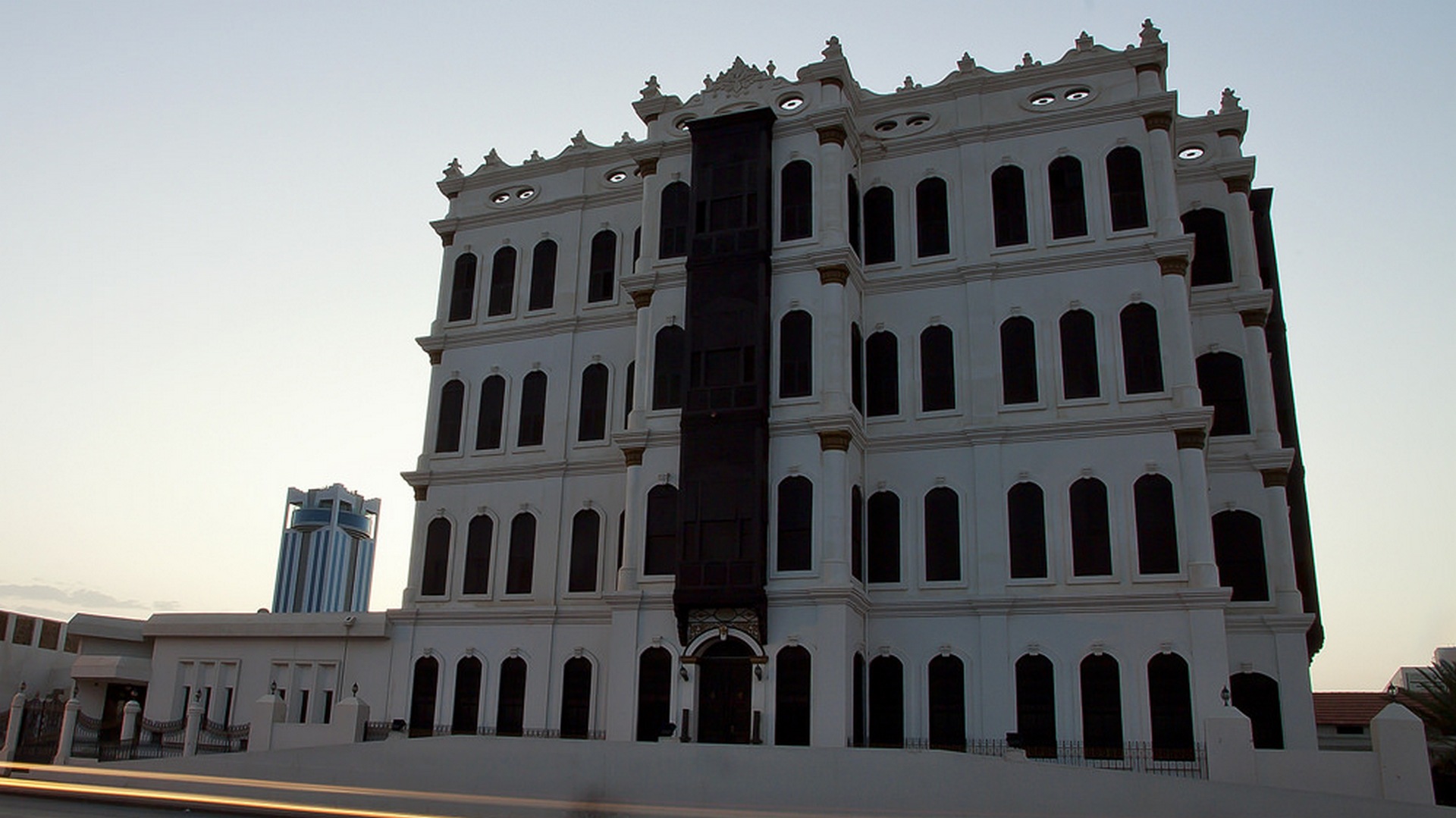Description
Property Name: Shubra Palace
Inventory No: 966-2-7
Date of infill of the inventory form: 2010-05-22
Country (State party): Saudi Arabia
Province: Makkah
Town: Al Taif
Geographic coordinates: 21° 17′ 10″ N
40° 24′ 53″ E
Historic Period: Late Ottoman (1792-1922)
Year of Construction: 1905
Style: Late Ottoman
Original Use: Palace
Current Use: Museum
Architect: Unknown, Abdel-Wahed El-Wakil, Array
Significance
The Palace of Shubra is one of the leading architectural and cultural landmarks in Taif. It was established in 1323 AH (1905 AD) and its construction took over two years. The palace is characterized by its ornate design, which was influenced both by characteristics of Ancient Roman architecture, clearly evident in the design of the columns, arches and baths, alongside the excellent use of Islamic and local architecture, reflected in the rowasheen, doors and windows adorned with Islamic decorations.
This palace is one of the most ancient palaces in Hijaz and Tayef . Historian Muhammad Husayn Haykal says “This is the most luxurious palace in Hijaz and it could be the greatest one.” A palace built in 1323 AH, and it consists of a basement with four floors above it, in which the Ottoman Sultan Wahid al-Din Muhammad VI lived, and King Abdulaziz stayed in it during the summer periods after his unification of the Hejaz, and it was also used as a headquarters for the Ministry of Defense, and it can be qualified for various tourism activities.
Selection Criteria
i. to represent a masterpiece of human creative genius
iii. to bear a unique or at least exceptional testimony to a cultural tradition or to a civilization which is living or which has disappeared
iv. to be an outstanding example of a type of building, architectural or technological ensemble or landscape which illustrates (a) significant stage(s) in human history
v. to be an outstanding example of a traditional human settlement, land-use, or sea-use which is representative of a culture (or cultures), or human interaction with the environment especially when it has become vulnerable under the impact of irreversible change
State of Preservation
Well preserved
References
• Rashid, Saad bin Abdul Aziz:
The effects of Holy Mecca Region (Agency of Antiquities and Museums, Riyadh 1423 AH / 2003 AD).
• Ansari, Abdul Rahman Tayeb; and Mohammed Sultan Al-Otaibi:
Taif, one of the villages (Dar convoys, Riyadh 1425 / 2005).
Commission of Tourism and Heritage


